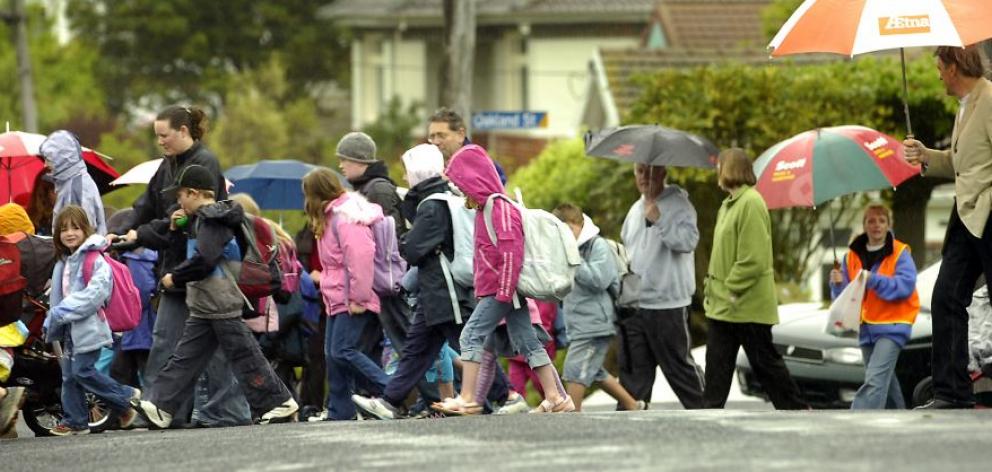
Debbie Hopkins considers what needs to be done to address climate change.

As a percentage of all energy-sector greenhouse gas emissions, transport emissions are greater for New Zealand than other Annex 1 (developed) countries: 43% of the total for New Zealand compared to 25% for Annex 1.
While this is mostly due to the low-carbon electricity we are able to produce through hydro, wind, and biomass sources, it also raises the importance of tackling transport-related emissions in our national context.
However, transport isn't just important to New Zealand. Globally, transport accounted for more than seven billion tonnes of CO2 emissions in 2010, about 23% of worldwide CO2 emissions.
And the significance of transport in achieving deep emissions reductions has been recognised at the highest level: earlier this year, United Nations Secretary-General Ban Ki-moon urged transport ministers across the world to act on climate change and to ''reshape the world's transport systems for a cleaner, safer and more sustainable future''.
This week's climate change conference(COP21) in Paris presents a prime opportunity for agreement on a low-carbon pathway that includes transport-related carbon emission reductions. While road transport accounts for 72% of transport-related emissions, the emissions from domestic and international aviation (11%) and international and coastal shipping (9%) are growing rapidly. And high rates of growth for both passenger and freight transport mean associated emissions could double by 2050 if strong mitigation is not undertaken.
But there is high potential for mitigation in the transport sector. Indeed, the latest Intergovernmental Panel on Climate Change (IPCC) report stated that ''technological improvements and new technology-related practices can make substantial contributions to climate change mitigation in the transport sector''.
Possible mitigation approaches include: increasing fuel efficiency, the adoption of new, low-carbon fuels including electric, hydrogen and biofuels, modal shift (e.g. from car to bike), as well as a price on carbon, which would increase the price of traditional carbon-based fuels.
THE BENEFITS
While some mitigation efforts, such as a global price on carbon, will be achieved at a global scale, we are all able to decrease our carbon footprint by making different daily decisions within our local environment.
Transport mode choice (deciding how we travel, e.g. by car, by foot etc) is one of the most environmentally important decisions that individuals make. And by choosing active modes of transport, you'd also be reaping health benefits from increased physical activity.
Moreover, a low-carbon transport system would also improve the local environment, leading to improved air quality and decreased illness and disease.
A global agreement in Paris will set the way for a better transport system, one that fulfils mobility needs without demanding private vehicle ownership. And stabilises the climate along the way!
Debbie Hopkins is a research fellow at the University of Otago Centre for Sustainability.











